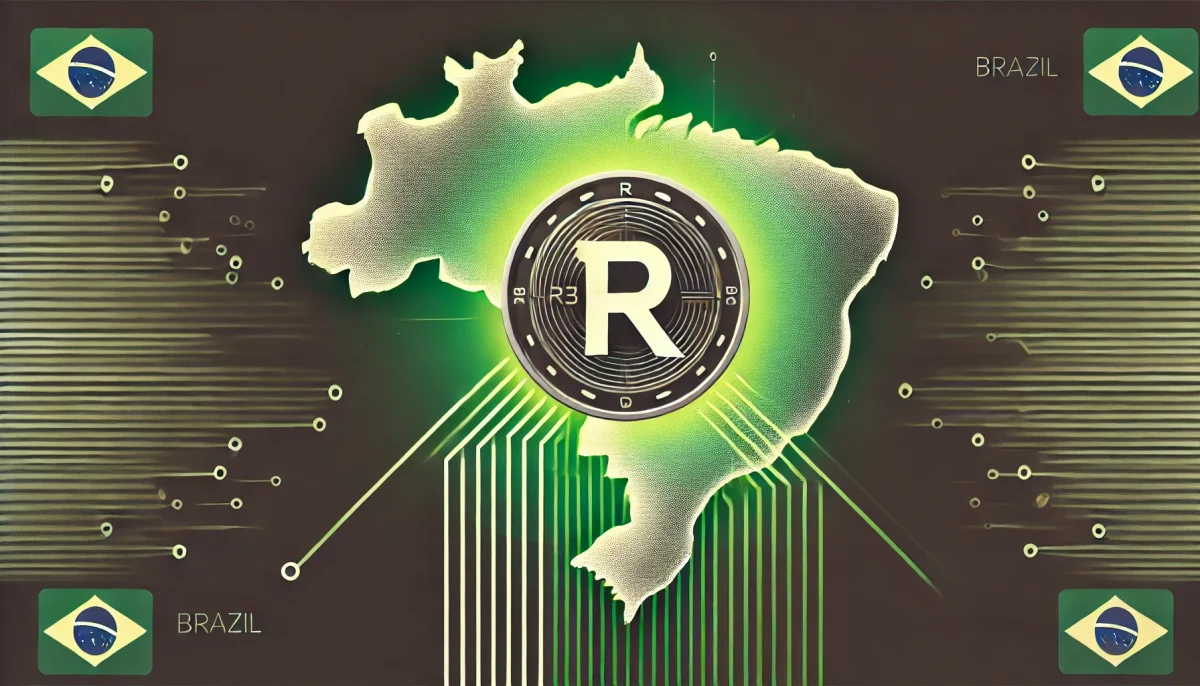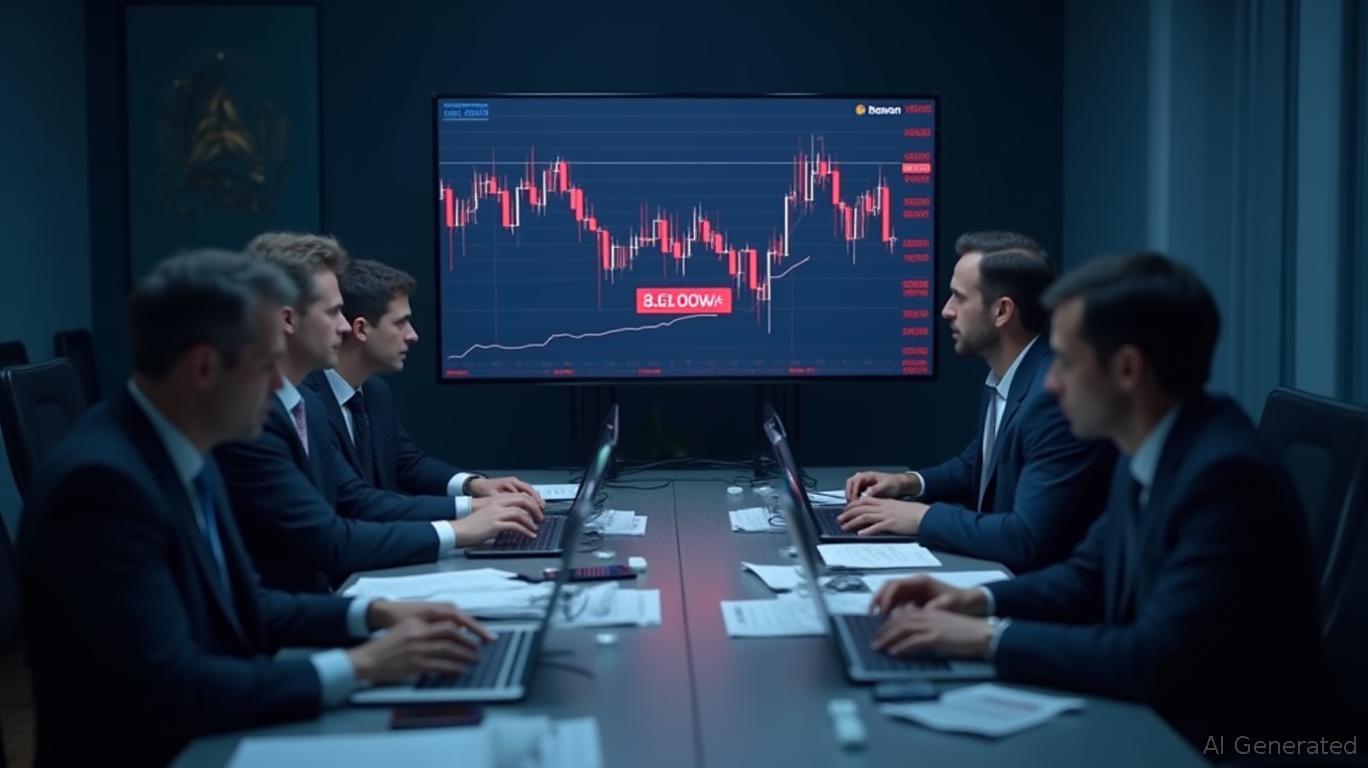MEV's Tendency to Centralize Poses a Challenge to the Fundamental Principles of DeFi
- MEV (Maximal Extractable Value) destabilizes DeFi markets by enabling miners/validators to reorder transactions for profit, imposing a "hidden tax" on retail traders through front-running and sandwich attacks. - Aditya Palepu highlights systemic risks: 80% of MEV costs fall on retail users, while institutions avoid DeFi to mitigate front-running risks, undermining market liquidity and stability. - Trusted Execution Environments (TEEs) encrypt transactions pre-execution to block front-running, but vulnera
Maximal Extractable Value (MEV) is increasingly recognized as a significant obstacle to the broader adoption of decentralized finance (DeFi) by institutions. Industry leaders in the crypto space caution that MEV acts as an unseen fee for everyday users and threatens the stability of market operations. As noted in
The root of the problem lies in the transparency of transaction data before it is finalized, which allows arbitrageurs and validators to take advantage of unequal access to information. Research cited by Coinotag shows that retail participants bear as much as 80% of these associated costs, while institutions often steer clear of DeFi to avoid being front-run. Palepu stresses that this transparency issue undermines the reliability of the market: "When institutions are unable to engage efficiently, it negatively impacts everyone, including individual investors," he told Cointelegraph, highlighting that institutional involvement is typically essential for creating more robust and liquid markets.

Trusted Execution Environments (TEEs) are being explored as a promising remedy. These secure computing frameworks encrypt transaction data on the client side and only decrypt it within a protected enclave after the transaction order is set. By concealing transaction order flow until execution, TEEs remove the possibility for front-running and sandwich attacks, as described in Coinotag’s analysis. Palepu emphasized their potential: "Their real strength lies in processing trades confidentially, so your trading strategies remain private until the transaction is complete," he explained to Cointelegraph.
Statistics highlight the widespread impact of MEV. According to an analysis referenced by the European Securities and Markets Authority (ESMA), 24% of
There is ongoing debate within the industry about whether the prevalence of MEV could lead to greater centralization in DeFi, which would go against its core principles. Supporters believe TEEs could pave the way for massive institutional investment by rebuilding confidence, while skeptics warn that technical and governance challenges must be overcome. As
---
Disclaimer: The content of this article solely reflects the author's opinion and does not represent the platform in any capacity. This article is not intended to serve as a reference for making investment decisions.
You may also like
Tokenized Deposits and Stablecoins: Competing for the Future of Blockchain-Based Finance
- Omid Malekan criticizes tokenized deposits for limited flexibility and interoperability compared to stablecoins, which offer cross-platform utility and 1:1 reserves. - Standard Chartered forecasts a $2 trillion RWA market by 2028, driven by DeFi growth and stablecoin liquidity, with Ethereum dominating due to its reliability and ecosystem. - Regulatory clarity, especially in the U.S., remains a critical challenge, with Standard Chartered warning of potential delays before 2026 midterm elections. - The de

Dogecoin News Today: Contrasting Paths: Dogecoin's Institutional Expansion Against Shiba Inu's Foundational Challenges
- Dogecoin gains institutional traction via T. Rowe Price's SEC-approved ETF, signaling growing confidence in meme coins with liquidity and community. - Shiba Inu struggles with structural issues: Shibarium's TVL fell below $1M, daily transactions dropped 99%, and utility deficits persist despite token burns. - Crypto markets shift toward utility-driven assets like AI compute and DePIN, leaving meme coins competing against projects with verifiable use cases. - SHIB's community pushes for AI integration but

Brazil’s OranjeBTC Shifts Strategy as Argentina Seizes $515M in Digital Assets

Ethereum News Update: Ethereum Value Drops Sharply While Institutions Increase $13.2B Investment Threefold
- BitMine Immersion Technologies, co-founded by Tom Lee, now holds 3.3M ETH ($13.2B), the largest public Ethereum reserve, signaling institutional confidence in its financial infrastructure role. - Ethereum ETFs saw $246M net inflows on Oct 28, with Fidelity and ARK leading, as total inflows reached $14.73B—5.76% of total ETH supply—despite recent volatility. - Ethereum fell 5.5% to $3,800 amid $81M ETF outflows, but institutions like SharpLink continue investing in Ethereum-based projects like Linea, show
